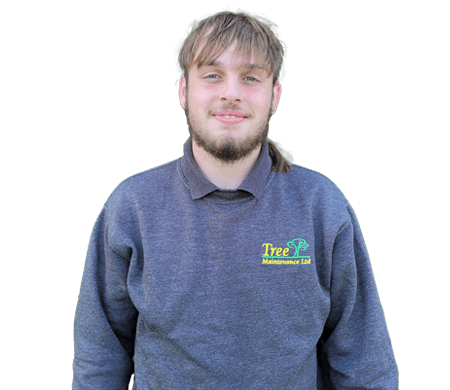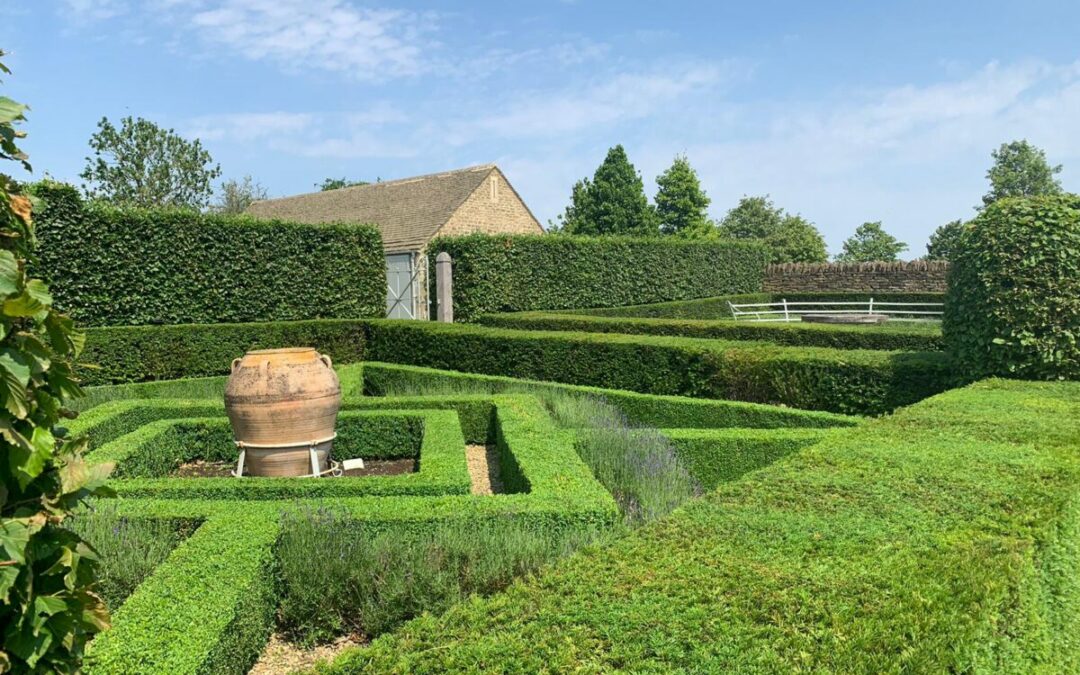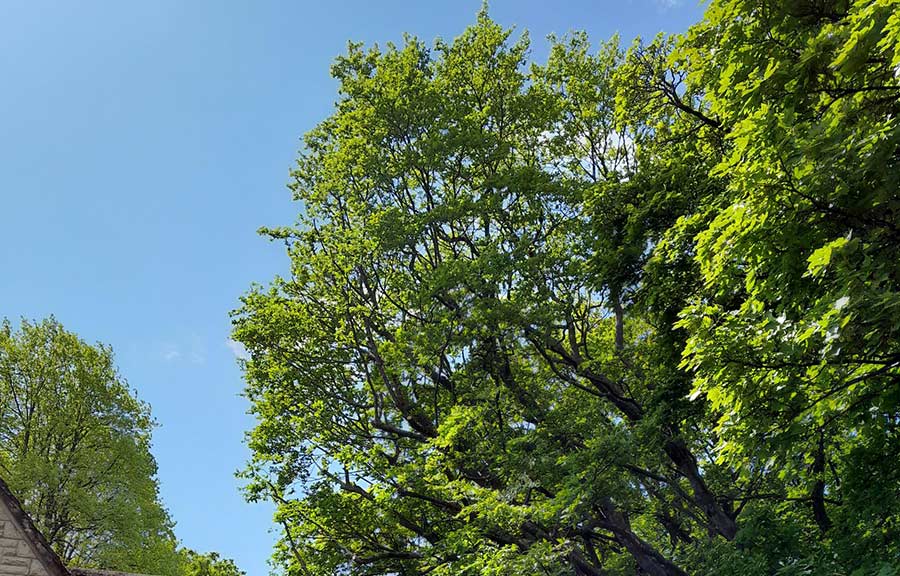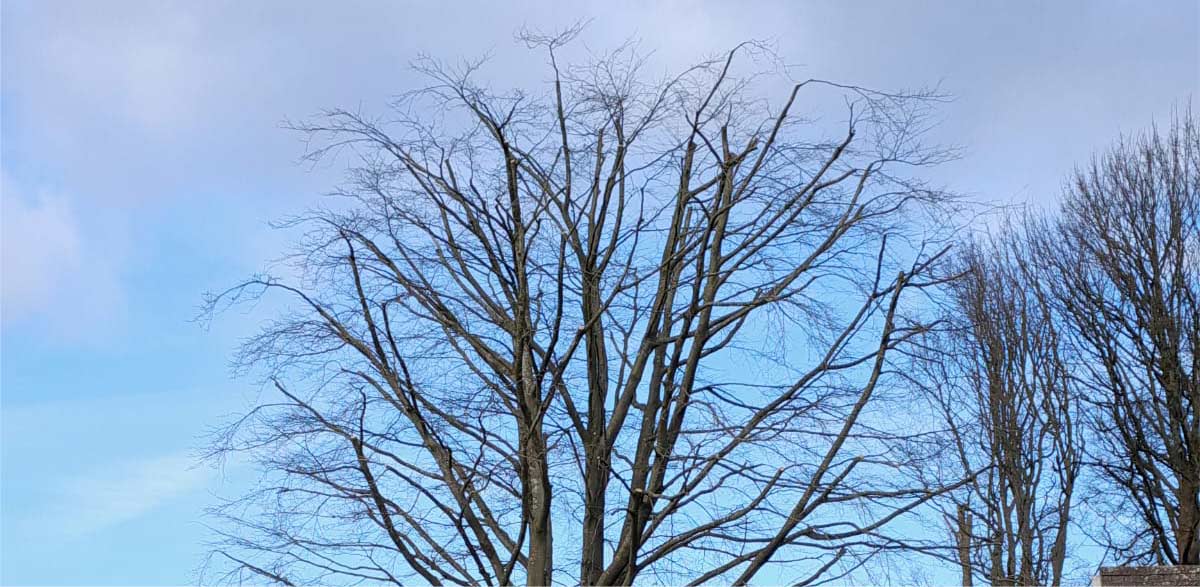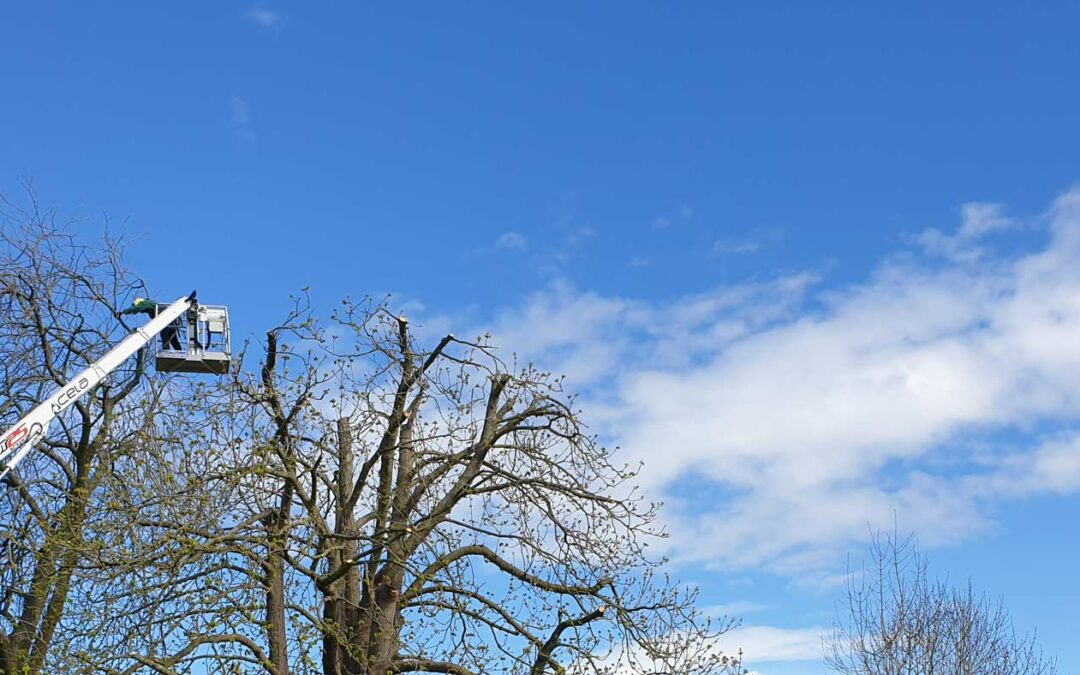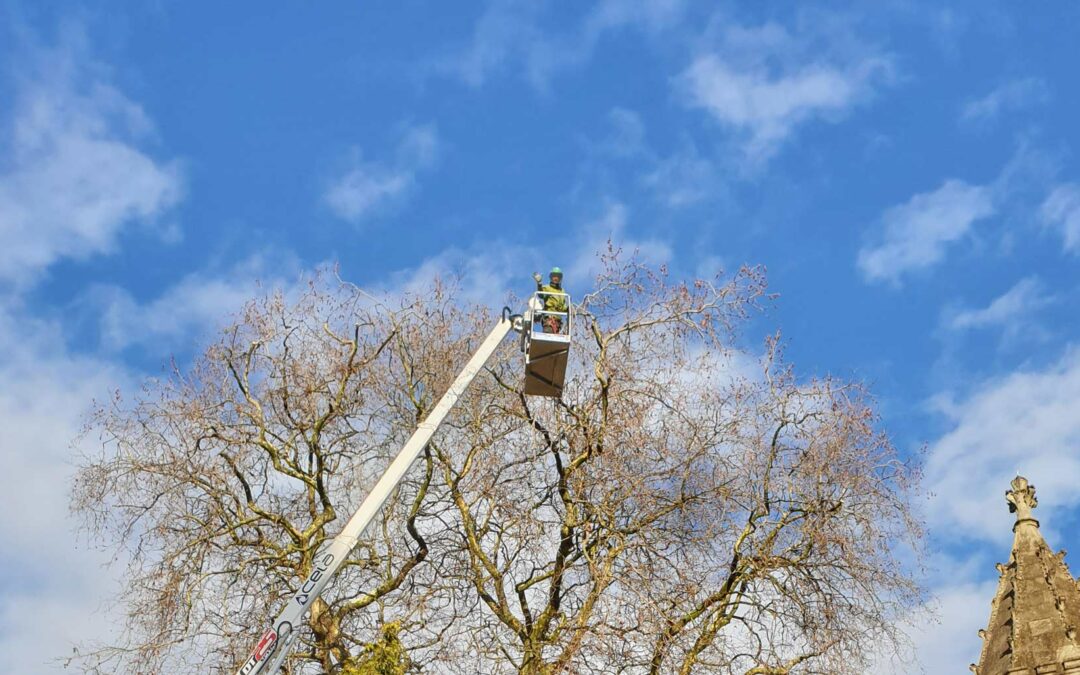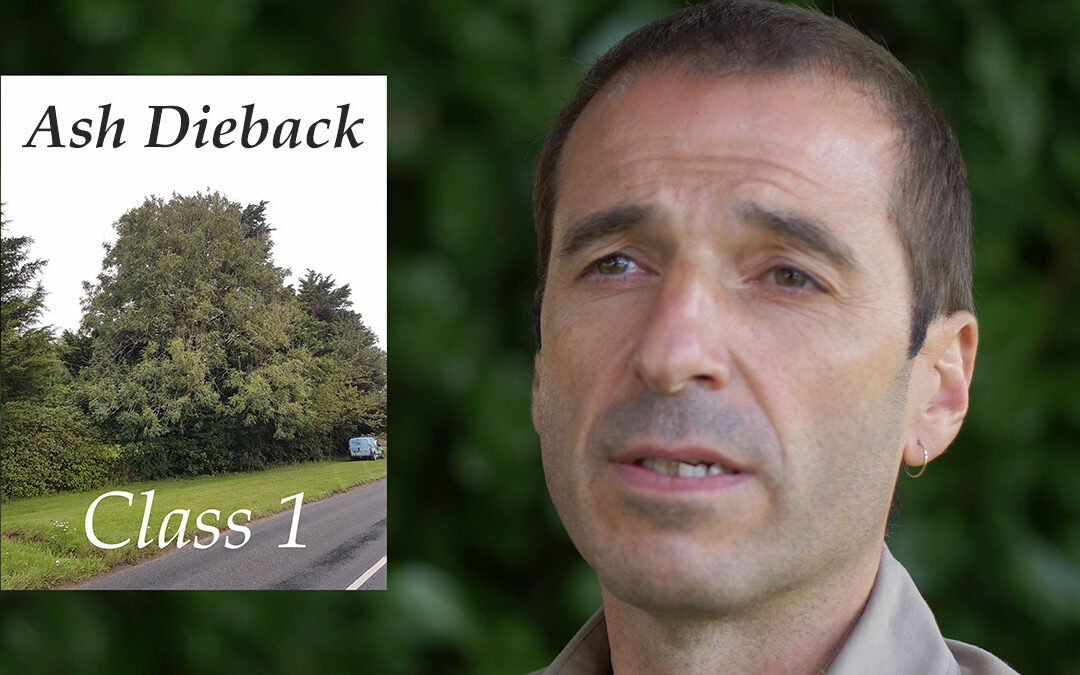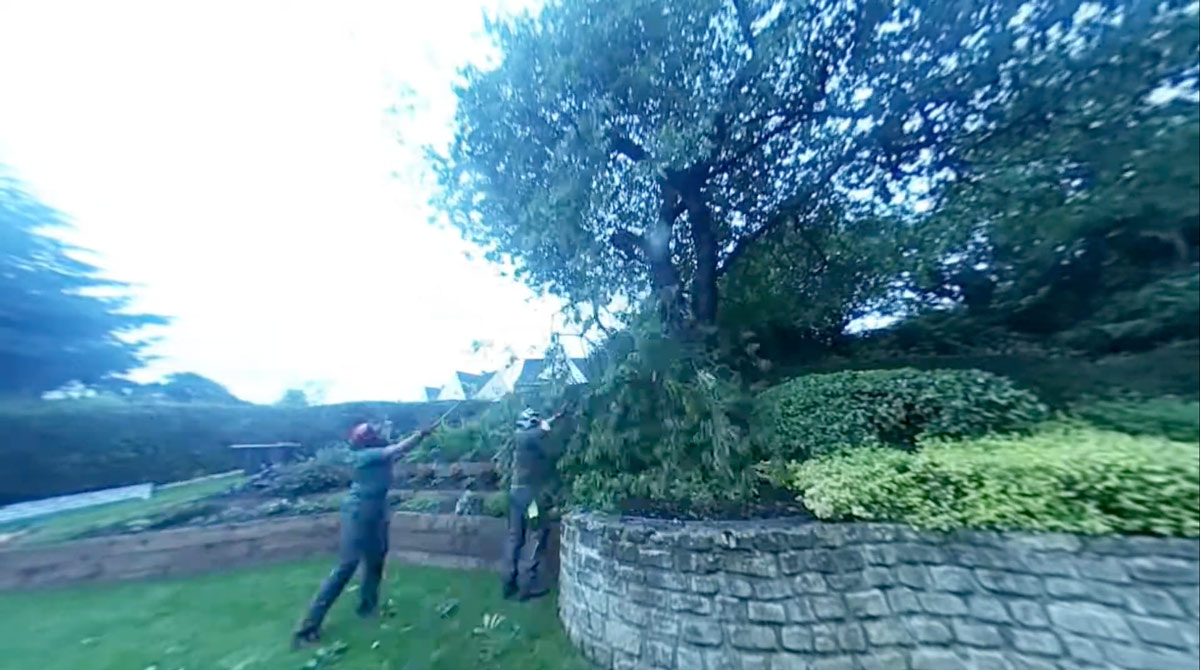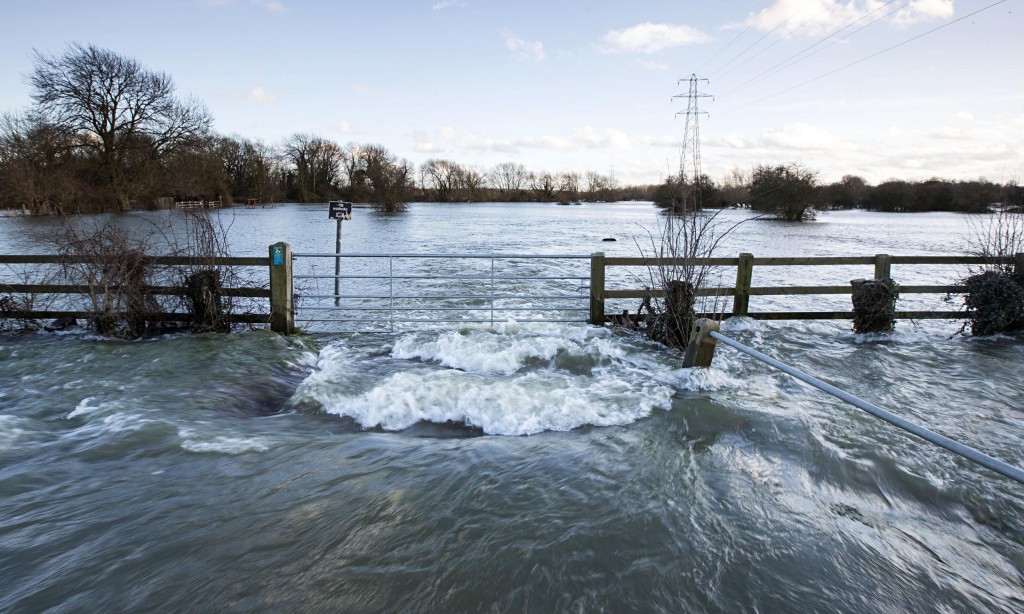Have you ever wondered what training is required for someone to become a tree surgeon, or what skills are needed in order to get started in this interesting career? In this blog we aim to give you an insight into what training is required to become a skilled and proficient tree surgeon and also to highlight some of the other related skills that tree surgeons are required to have that you may not be aware of.
First of all, it’s important to stress that in addition to all the training received through official training bodies such as NPTC, LANTRA and City and Guilds, a huge amount of valuable in-house training also takes place. Although this provides no certification or qualifications, it is essential to fully develop the skill sets needed for both working in the tree canopies and for being part of the team on the ground. For some things we do there is little substitute for hours on the job, or ‘Air Time’ as some of our climbers like to call it.
 The first important part of training as actually very simple, but easily overlooked and that’s an induction into the company to learn about how the company operates and how systems of work are followed. It begins with understanding how everything ties into the company Health and Safety Policy and how all work is lead by a rigorous system of risk assessment. Examples of other things covered would include emergency procedures, safe storage of machinery and substance, location of first aid kits and correct use and care of PPE (personal protective equipment). In fact these are just a few are many things that need to be included in the initial induction training.
The first important part of training as actually very simple, but easily overlooked and that’s an induction into the company to learn about how the company operates and how systems of work are followed. It begins with understanding how everything ties into the company Health and Safety Policy and how all work is lead by a rigorous system of risk assessment. Examples of other things covered would include emergency procedures, safe storage of machinery and substance, location of first aid kits and correct use and care of PPE (personal protective equipment). In fact these are just a few are many things that need to be included in the initial induction training.
Getting down to the interesting bit we move onto the first round of chainsaw training. As the chainsaw is the main tool of our trade and can pose a serious threat to the safety of the operator and others working alongside if used incorrectly, not to mention damage to the tree itself, training in this area is actually a legal obligation. There should be no one on site using a chainsaw without adequate training and a successful assessment leading to a certificate of competence. The first level of chainsaw training deals with chainsaw maintenance and basic cross-cutting and felling. Further training and certification is also available for more advanced chainsaw use, including for example felling of larger trees and dealing with windblown trees but this would not be undertaken until the first level has been covered and more experience gained.

For access to the tree tops we also use a range of different access platforms, or mobile elevated work platforms (MEWPS). These vary in type and size and include trailer mounted, self-propelled platform mounted and tracked MEWPS. Again, like other equipment these can only be used by a competent, trained, certificated operator. MEWP’S are now becoming more widespread in the industry, particularly where trees are unsafe to climb or where multiple trees need to be accessed, such as street trees for example.

Another essential piece of training required is in the safe operation of wood chippers. These machines are incredibly powerful and capable of pulverising almost anything that fits between the feed rollers. Although these machines are tough pieces of kit, they still require regular inspection and care and maintenance and specific knowledge is required to do so. Training for wood chipper use also includes maintenance and care of the machine.
First Aid training is mandatory and rather than having a single appointed person, we at Tree Maintenance Ltd put all our tree surgeons through industry specific first aid training every two years. This way we know there will always be a first aid trained person on site regardless of who is in need of first aid treatment. Thankfully, it’s seldom needed to be called upon in our company’s history.
Manual handling training is also required. This covers good lifting practices and techniques as well as work positioning and posture. It’s all about being aware of how the body works and knowing how to prevent situations arising that lead to injuries such as bad backs and other muscular skeletal disorders etc. Just like first aid, this training is provided to all of our tree surgeons.
Fire training is also required due to the fact that we are transporting, handling and using flammable liquids such as petrol and diesel. This training is only a brief session but it takes place in our company every year at the same time that all of our extinguishers are checked. All staff get the chance to try out extinguishers and become familiar with their operation in case of them ever being needed for real.
Whenever a team of tree surgeons carries out work that affects the highway, signing and guarding should be in place. However, this can not be set up by anyone. Staff that set up signing on the highway must be trained to do so and in addition someone in a management position must be trained at supervisory level. All our teams have at least one person trained in signing and guarding and we have two managers trained as supervisors.
Sometimes chemical application takes place, either to treat tree stumps to prevent them re-growing or to apply spray, for example to treat hedges against Cypress Aphid infestation. In all cases of chemical use tree surgeon operatives must be trained in both the safe storage and handling of chemicals as well as in their application.
As said before all work is lead by rigorous risk assessment and there is a requirement for staff to receive training in risk assessment. For most staff that can be in-house training such as given in tool box talks etc.. But above this level training needs to more in-depth and some of our staff receives training in Risk Assessment for Commercial Arboriculture.
As you can now see, there is a huge range of training required just to cover most things we as tree surgeons do and the subjects mentioned here don’t cover the whole list. This of course still doesn’t account for the qualification based training that takes place but just goes to show the levels needed to be achieved to operate with the law as far as employment and health and safety goes. We’ll go into the qualifications in a later blog when you will be able to find out just how much a professional tree surgeon has to know in this fascinating world of trees.
